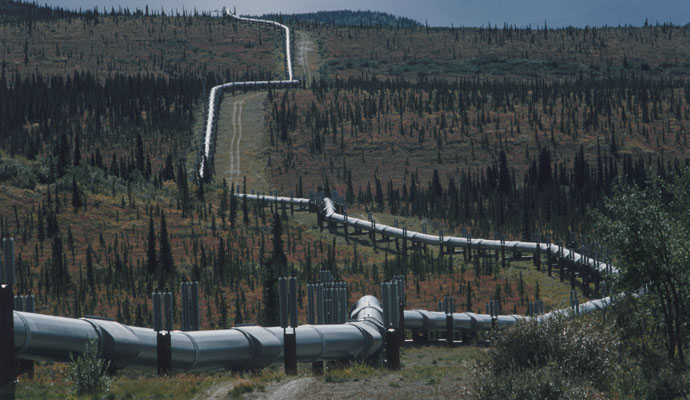Progress Doesn’t Always Follow a Straight Line
Contentious pipeline projects all over the world offer examples of how complex problems require complicated solutions.
In my work with leaders who are trying to solve tough problems, one of the most important lessons I’ve learned is one we have all heard before: Different people have different stories. This is not a new idea, but I come back to it again and again because I keep finding people who are so committed to their own stories that they have trouble seeing anyone else’s. Without being able to acknowledge multiple perspectives and positions, problem solving gets stuck.
Oil pipeline projects all over the world are a perfect illustration of this. These projects are often difficult to execute because they are major infrastructure undertakings with large economic and environmental impacts and, as such, are visible symbols of the high-stakes conflicts around these issues. Such projects also illustrate a fundamental principle in addressing a challenge: Sustainable solutions to complex problems are rarely simple or linear. Just like pipelines, they must twist and turn.
Oftentimes, leaders want a straight-line solution. They make single-minded declarations of “the one most important consideration” and “the one right course of action.” But even if these stances sound visionary and heroic, they are simplistic and polarizing and make the challenge even harder to resolve. What statements like these overlook is that there are many different interests and judgments at play. With pipelines, these can include:
• Those who want pipelines to access new markets so more oil can be sold at higher prices and thereby increase revenues, royalties, and employment
• Those who want to protect terrestrial and aquatic environments and tourism against disruption from oil spills and tanker traffic
•Indigenous and other communities along proposed pipeline routes, who want their rights respected and to negotiate either to be unaffected by the project or to achieve economic benefits from it
• Individuals and organizations concerned about climate change, who want high-carbon fuel to remain in the ground
• Governments, which want to find ways to balance some or all of these objectives and to prevent political opponents from using these issues to gain power.
In complex and contentious situations like this, there is no single paramount interest or best answer. And yet for stakeholders who are convinced that their way is the right way, this multiplicity of interests feels supremely frustrating and impossible to resolve.
Sustainable solutions to complex problems are rarely simple or linear. Just like pipelines, they must twist and turn.
But it is possible to find a way forward in such situations. It requires that at least some of the players work earnestly to recognize the multiple interests at play. This is simple but not easy. You need to engage others with curiosity about their reality, frankness about your own, and a genuine willingness to change what you are thinking and doing. Fundamentally, it demands that you abandon the fantasy that you can get others to see things the way you do and do things the way you want — that you can, somehow, find a way to control or manipulate the situation.
In business and with pipelines, powerful actors can sometimes succeed, at least for a while, in forcing through the particular route or outcome they want. But imposed solutions usually aren’t durable. Solutions that last require combinations of trade-offs, deals, and compromises that can be intricate or even convoluted.
Complicated compromises are a new normal. The world is becoming more crowded and contested, so there is less room for illusions of “unoccupied territory” — literally or figuratively. More people have more voice and power, and so there is less tolerance, too, for imposing solutions unilaterally — for declaring how it’s going to be and making it so. Success in building pipelines, and in other complex undertakings, therefore, requires a different approach: less resolute assertion and more flexible and patient listening, learning, accommodating, and adjusting.
This way of working together can generate new ways forward for stuck projects. It can also, over time, generate greater openness, understanding, and trust among the actors and greater capacity to collaborate across difference. Such transformations in relationships and capacities are what really change the game and open up the possibility of new and better prizes.




